What to Look for When Hiring a Designer: Ask A Designer #1


Your branding plays a large role in your success as a blogger. Having unique and visually consistent designs throughout your social media platforms helps create brand recognition and loyalty.
But designing can be hard, and it can eat away at time you could spend planning and writing new content. If designing isn’t what you’re passionate about and you have been thinking about hiring a designer, this post is perfect for you.
Some of the designers at Mediavine have teamed up to answer frequently asked questions in a segment called “Ask a Designer,” and today, we’re here to guide you in hiring the designer that’s right for you and your brand.
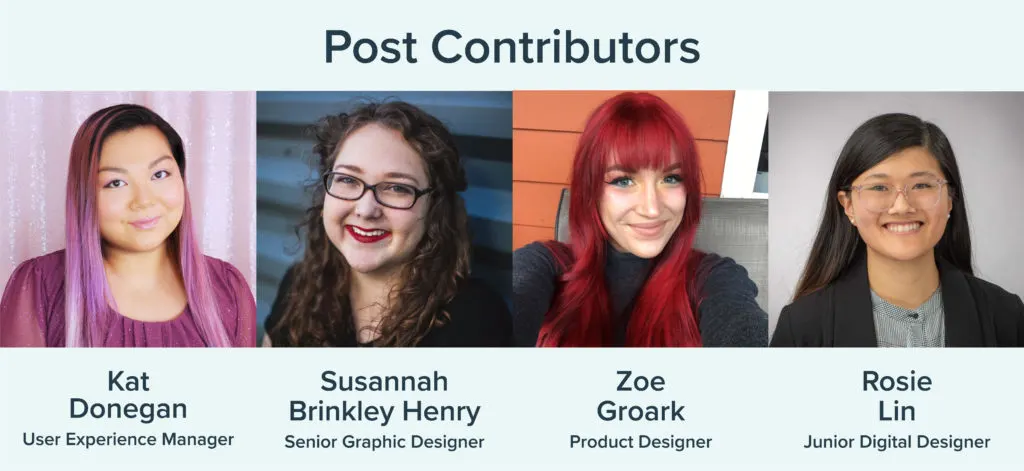
Kat Donegan (User Experience Manager): What I look for in a good designer is someone who isn’t afraid to be bold with their ideas. Even if these ideas sometimes don’t come to fruition, their creativity can inspire you with ideas you hadn’t thought of before.
You should find a designer who isn’t afraid to challenge your ideas because it means they’re willing to go the extra mile to deliver something beyond your requirements!
Susannah Brinkley Henry (Senior Graphic Designer): Most graphic designers will either have a specialty (e.g. web design or branding) or be a generalist who can do many types of graphic design. Find out more about the designer’s capabilities and go from there.
Zoe Groark (Product Designer): It depends on what you’re hiring them for! Graphic designers usually are more branding-focused, and web designers are geared more towards making sure your site looks good, is in-line with your branding and is easy to use.
Regardless, you should expect visual creativity paired with good communication and willingness to stand up for their ideas. If you and your designer disagree on how something should look, ask them why they did things the way they did and how they arrived at that solution.
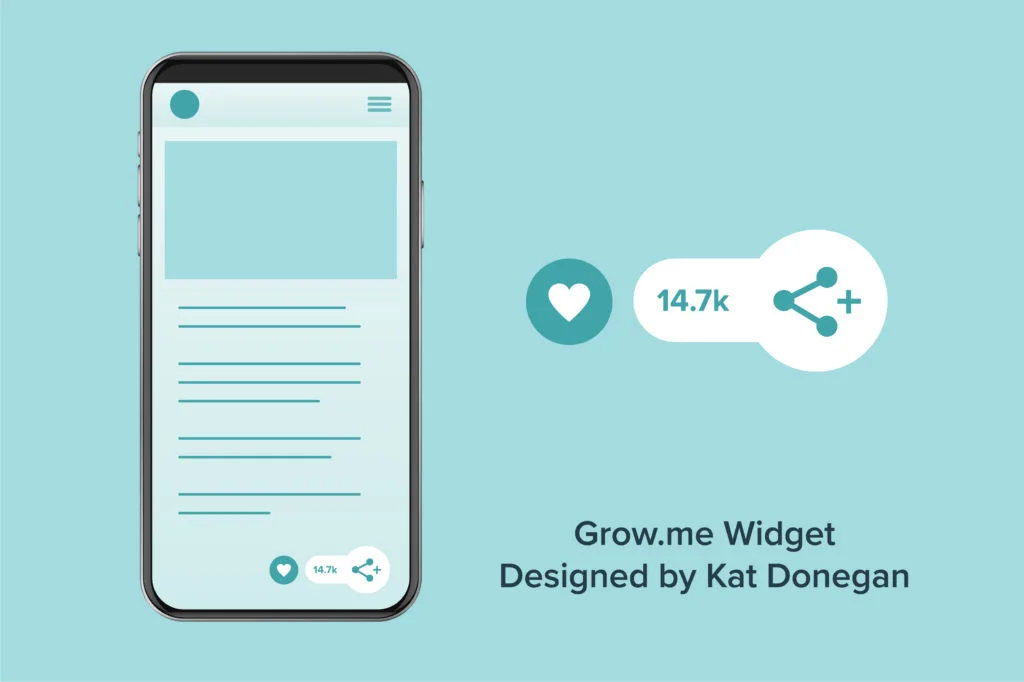
All of our designers say that a recommendation from a friend is a great way to approach the start of your search!
Rosie Lin (Junior Digital Designer): Before you even start looking, you should lay out your needs. Are you looking for someone to work on a one-time project or are you looking to develop a working relationship with them? What specific projects would they work on? Social media graphics, website design, logo design, business card design or something else?
Susannah: The Mediavine Facebook Group is also a good place to search. If you don’t get anywhere, then a site like Dribbble, Thumbtack or UpWork can be good places to peruse portfolios, and you can reach out to designers through those platforms.
I don’t recommend Fiverr or other sites that provide “spec work” for low prices — designers should be paid for their time, talent and expertise.
Zoe: First, decide if you want to hire an agency or a freelancer. Agencies are usually more expensive, but they bring a lot of talent to the table and have multiple people with different skillsets. Freelancers are more specialized and can be found on your usual job hunting sites (LinkedIn, Indeed).
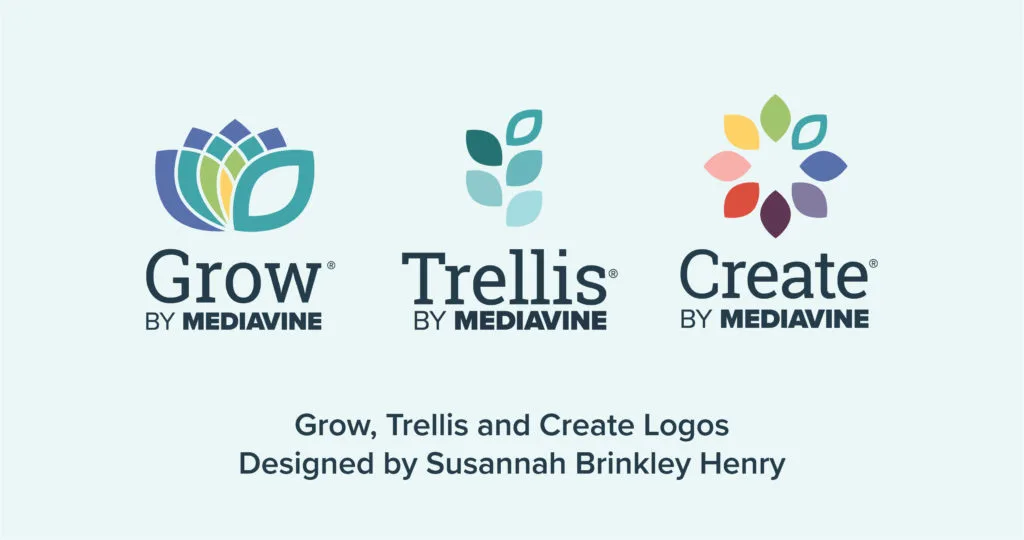
Susannah: Timeline, budget and expertise are the things you want to look for. There’s a saying that goes “Good, fast or cheap — pick two.” You can get good work that’s fast, but it will likely cost more. Or you can get a designer who’s fast and cheap, but the work might not be high-quality. Or you can get good and cheap, but it might take a lot longer.
Figure out your priorities and make sure any designer you interview has the aesthetic you’re looking for and can offer a timeline you can work with, all within your budget.
Kat: See if this designer is continuing to learn new things and fine tune their skills. Oftentimes, designers get to a point where they’re satisfied with their work and they fall into an “outdated designer” trap as tech and trends quickly change around them.
Speaking transparently, a designer who charges cheap prices isn’t quite fully confident in their skills just yet, but working with you is a good opportunity for them to learn. In return, you pay a lower price. Designers who charge premium prices ($60/hr and above) tend to be more seasoned and have the confidence to take on bigger projects. You will arguably get better results, but be prepared to pay!
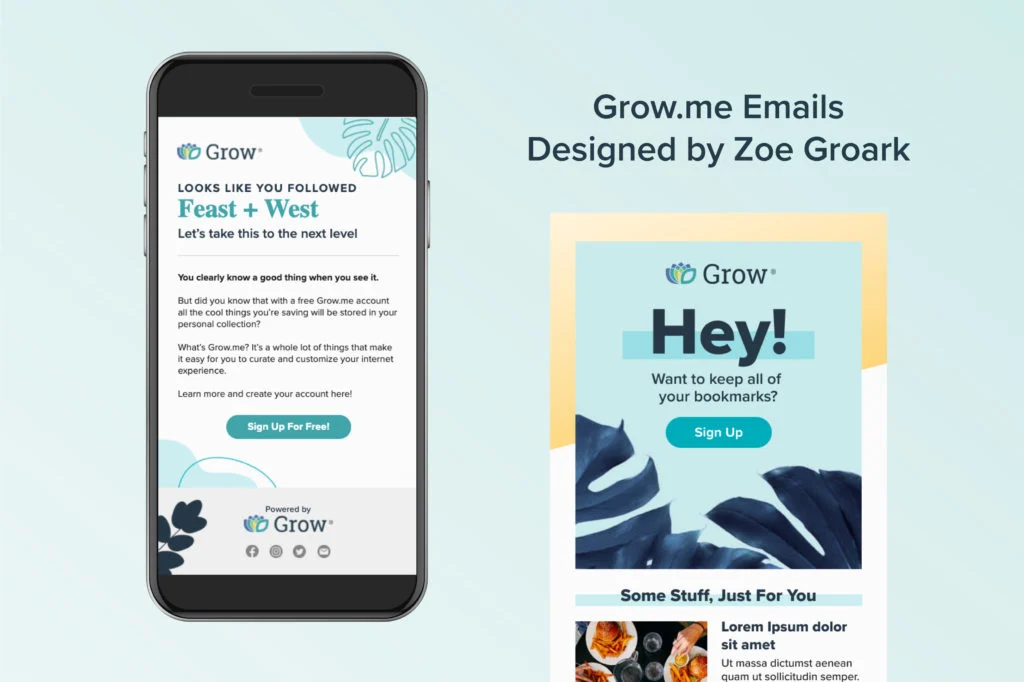
Kat: If you’re looking for a brand designer, inspect how they execute their logo work. Does it look good small and large? Is it iconic? Does it translate across web and print? Is there good color cohesion? Look out for print work as well, such as business cards, packaging and swag designs.
If you’re looking for a website/app designer, inspect how they value user experience in their deliverables. Will users understand the goal of this website/app? Does the flow provide a good user experience? Are there metrics to prove this website/app is successful?
Susannah: The designers whose work immediately jumps out at you might be the winners. If the designer doesn’t have time for your project or is out of your budget, ask them for recommendations of other designers with styles similar to theirs.
Rosie: As designers, we’re encouraged to upload the work we’d like to be doing on our portfolios. If you see a portfolio with work that doesn’t match the style of your project, that could mean that the designer can’t work with your style or would prefer not to. If you’re looking for a long-term designer to work with you on multiple projects, look for a variety of projects on their portfolios.
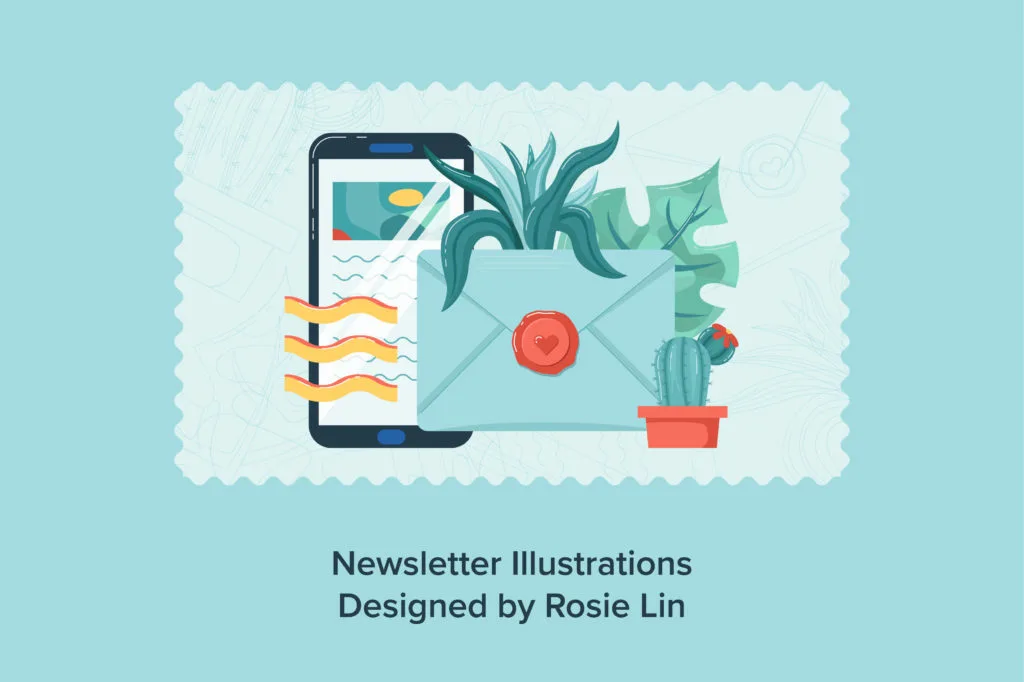
Kat: Everyone thinks they’re a designer because it’s a role that, unfortunately, has a low barrier of entry. It’s important to realize that there’s a difference between an artist and a designer.
An artist creates with their heart. A designer creates with their mind. A designer is technical and focuses on problem solving. Their designs aren’t a reflection of their personal tastes but rather, the client’s. They focus on user experience and metrics.
Find a designer who not only has passion for what they do, but they understand when to be an artist and when to be a designer.
Kat Donegan, User Experience Manager
Zoe: Design is a very wide field and can encompass many different jobs. An illustrator won’t have the same skillset as a graphic designer, a web designer isn’t necessarily good at creating motion graphics, and vice versa. Be sure you know which skills you’re looking for. Also — good design work often isn’t cheap. Even if they miraculously turn a project around in an afternoon and it’s perfect, this doesn’t mean that the work is overpriced; it means you’re paying for all of the experience and schooling and practice that went into turning a quality project around quickly.
Rosie: Graphic design is such a large umbrella it’s near impossible to find someone who is a pro at every kind of design. Rather than hiring one person to do it all, you might find more luck hiring multiple people to cover different skills.
You are passionate about your project and brand, and you should find someone who is passionate about helping you make it a reality. You can tell in the work when someone is excited about the project they’re working on.
Stay up to date with the latest from Mediavine
In what has seemed like the longest and shortest year all at the same time, we can’t believe it but Q4 is here. Despite the roller coaster ride this year …
If there is something we can count on throughout this year, it’s that our Mediavine publishers continue to show their resiliency, even throughout a global pandemic! We love celebrating their …
Updated 8/30/2021 – The Trellis Open Beta is now live and available to all! Learn more or get Trellis now! There’s been a lot happening behind the scenes at Mediavine …